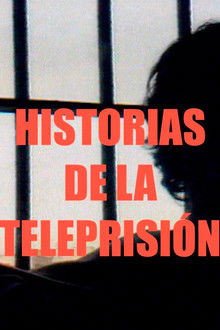The Mangaung Prison opened in 2001 as South Africa’s first privately run penitentiary. Its operator, the multi-billion-dollar British security firm G4S, promised the most humane treatment and the best facilities for its nearly 3,000 prisoners—and naturally at the lowest cost. Testimonials from whistleblowers and former prisoners, and the findings of investigative journalist Ruth Hopkins expose the reality of prison privatization. Guards are underpaid, overworked and fear every day for their lives. Prisoners are a source of income, so rehabilitation isn’t a priority. Prison for Profit shows how this profit maximization system works, and what happens when governmental tasks like detention are outsourced to powerful international corporations. And what are the negative consequences for society at large?
Related Movies

The Alabama Solution (2025)
Incarcerated men defy the odds to expose a cover-up in one of America’s deadliest prison systems.

Belzer Behind Bars (1983)
Turn off the alarms and throw away the keys as these two comics set the inmates of Arizona State Prison rolling with laughter.

Young Kids, Hard Time (2012)
Young Kids Hard Time explores the story of young children sentenced to adult prison for decades, through the eyes of 12-year old Paul Gingerich and 15-year old Colt Lundy, both serving 30 years in adult prison for killing Colt's stepdad.

This Temporal World (2022)
A haunting story of the FBI's dark hand in American life. In 2015, Khalil Abu-Rayyan was just a young Muslim man in Detroit, Michigan: to get by, he delivered food for his family's pizzeria. Depressed and lonely, Khalil found solace in smoking weed and looking at extremist material online. Then two young women started messaging him, and he fell in love. But one of them suggested he start doing increasingly violent things. Nothing was as it seemed. And Khalil's life would never be the same. A documentary by Garret Harkawik for the Gravel Institute.
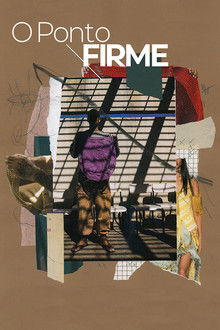
The Firm Stitch (2020)
The creative process of the first crochet fashion collection fully developed by male prisoners in Brazil and presented at the country's main fashion event, The São Paulo Fashion Week.

Ein Knast wird geknackt (1974)
Documentation about the so-called “social training”, a new model in the penal system.
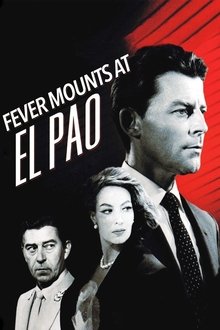
Fever Mounts at El Pao (1959)
Aroused citizens assassinate an unpopular Caribbean despot, then two men vie for his gorgeous widow Ines. Ojeda is a steamy, isolated island, the penal colony for an oppressive dictatorship. A reactionary seizes the murdered governor's post, and rushes to eliminate his romantic rival, an idealistic underling. The bureaucrat Vazquez hopes to marshal the angry residents of the capitol, El Pao, plus the many political prisoners, to oust Governor Gual.

I Am a Fugitive from a Chain Gang (1932)
A World War I veteran’s dreams of becoming a master architect evaporate in the cold light of economic realities. Things get even worse when he’s falsely convicted of a crime and sent to work on a chain gang.

You're Lying! (1969)
About an alcohol-damaged young man, his life in and out of prison, his friend the art teacher and his difficulties reintegrating into society.
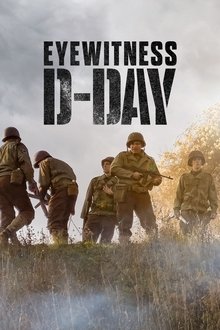
Eyewitness: D-Day (2019)
One famous day. Five heroes. Five key turning points that changed the course of World War II during the D-Day landings, told through the eyes of the people who made a difference. Using rarely seen archival footage dramatic reconstruction and written accounts from eye witnesses, and personal testimony from five heroes, this is D-Day as never seen before.
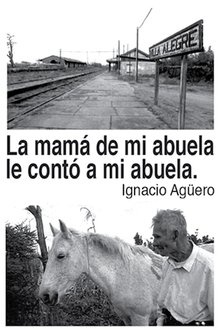
My Grandmother's Mother Told My Grandmother (2004)
Gathered by a theater company, a small town in Chile called Villa Alegre, looks deep into its origins and myths to tell their own history through a play.
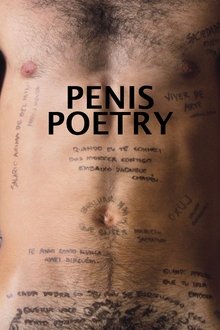
Penis Poetry (2017)
This is a poetic film about The Penis becoming a diary with a unique story to tell. Penis Poetry is made in collaboration with Andre Medeiros Martins who wrote on his lovers' penises his personal thoughts. Andre's words reflect how much our modern society glorifies the exhibition of The Penis, how much we worship it and how much social media and apps allowed us to share our most private parts with the world.
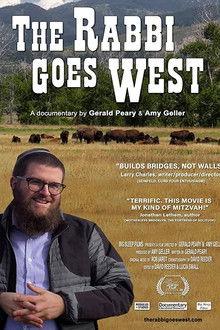
The Rabbi Goes West (2019)
A documentary comedy about a Hasidic Rabbi who attempts to unite 2000 Jewish people across Montana, the area of which is 14 times the size of Israel. Chaim Bruk is a 34-year-old passionary Chabad Hasidic Rabbi, who takes his mission very seriously. His goal is to visit the home of every Jew in Montana and place a Kosher mezuzah at every front door. Along this challenging and emotional journey, Chaim encounters followers and critics alike. As he travels across the cloudless plains of the “The Treasure State,« he discovers frightening neo-Nazis and local Rabbis, reformists and conservatives alike.
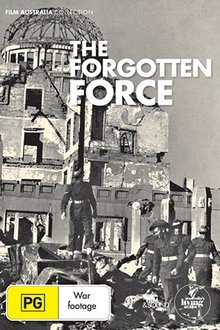
The Forgotten Force (1994)
After the atomic obliteration of Hiroshima and Nagasaki, over 36,000 Australian men and women, part of the British Commonwealth Occupation Force (BCOF), marched onto Japanese soil. They were assigned the toughest and most dangerous area of Japan: Hiroshima Prefecture, which included the atom-bombed city. The Forgotten Force tells for the first time the story of Australia's role in Japan. Rare archival and private footage, photographs and eyewitness accounts from both sides vividly recreate the atmosphere of post-war Japan - the horror of Hiroshima and its aftermath; the struggle to build a new "democratic" society while under the heel of military rule; the growth from suspicion and fear to friendship and trust between foes.
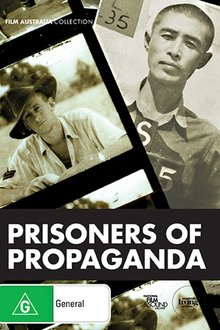
Prisoners of Propaganda (1987)
In 1943, the Imperial Japanese Secret Service made a film called Calling Australia! to show the "exemplary conditions" under which prisoners of war were kept, and to "soften up" the Australian public for the anticipated occupation of their country by Japanese forces. Prisoners of Propaganda tells why the film was made, and how it came to be forgotten.
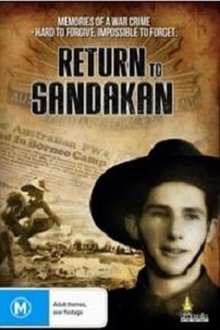
Return to Sandakan (1995)
During World War II there were nearly 2,500 Allied prisoners held in Sandakan POW camp in British North Borneo. Along with the ravages of war and the struggle to survive abject conditions, only six of these POW's were found alive when the war finally ended. In the years that followed, the horror stories of human depravity and the atrocities committed by the Japanese at Sandakan POW camp would come to light, considered by many as one of the most devastating chapters of the Pacific War.

